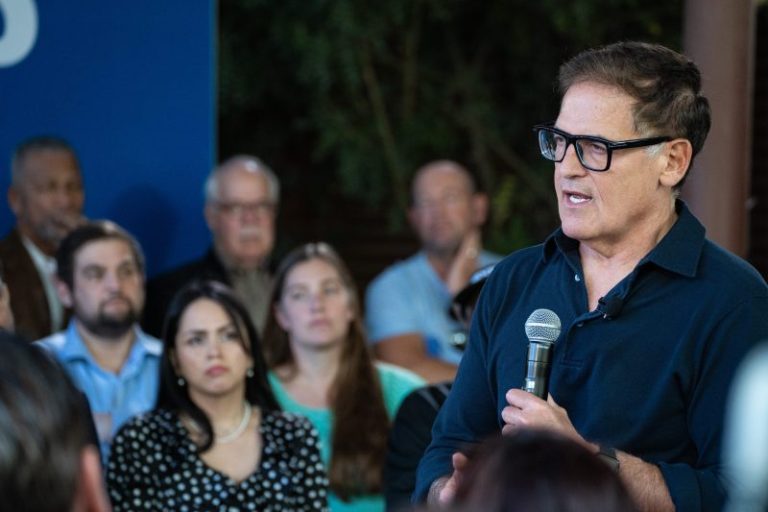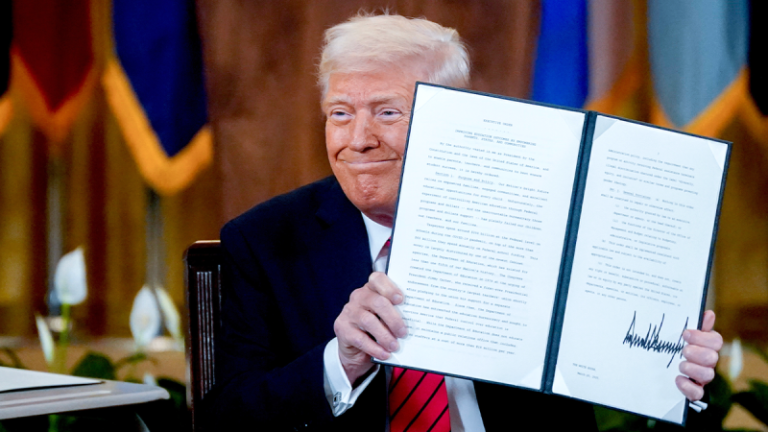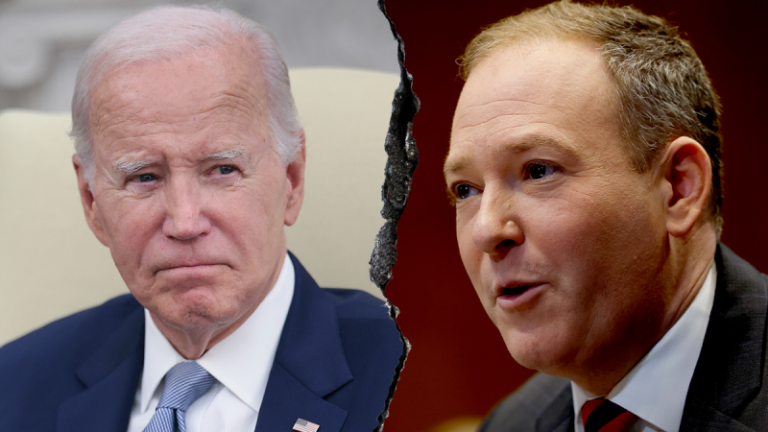It was 2014 and then Dallas Mavericks owner Mark Cuban made a prediction that caused waves across the sports world. Cuban said that because of the NFL’s greed, the league would implode in 10 years. He went on to use a colorful quote to make this point, a quote that is remembered to this day.
Cuban’s words resonated because, well, this was Mark Cuban. He was, and is, highly respected for his intellect and business acumen.
What Cuban said then, and now to USA TODAY Sports, is a window into the NFL’s almost confounding popularity that stretches across all parts of American society, and how that popularity doesn’t seemingly fit predictive patterns.
In other words, Cuban applied normal thought processes to the NFL, but the league would become so big, nothing normal seems to apply.
Cuban’s remarks 11 years ago were sparked then by a one-year deal with CBS and the NFL Network to air games on Thursday night. The league had been airing Thursday night games limitedly for years but this move indicated the Thursday slate was becoming a permanent fixture.
‘They’re trying to take over every night of TV,’ Cuban said in 2014. ‘Initially, it’ll be, ‘Yeah, they’re the biggest-rating thing that there is.’ OK, Thursday, that’s great, regardless of whether it impacts (the NBA) during that period when we cross over. Then if it gets Saturday, now you’re impacting colleges. Now it’s on four days a week.
‘It’s all football. At some point, the people get sick of it.’
But that wasn’t the juicy quote. It was this:
‘I think the NFL is 10 years away from an implosion. I’m just telling you: Pigs get fat, hogs get slaughtered. And they’re getting hoggy.
‘Just watch. Pigs get fat, hogs get slaughtered. When you try to take it too far, people turn the other way. I’m just telling you, when you’ve got a good thing and you get greedy, it always, always, always, always, always turns on you. That’s rule No. 1 of business.’
Cuban compared the NFL then to ‘Who Wants to Be a Millionaire’ after the game show’s rating declined following its expansion to five days a week.
‘They put it on every night,’ Cuban said. ‘Not 100 percent analogous, but they handled it the same. I’m just telling you, pigs get fat, hogs get slaughtered.’
Cuban wasn’t alone in this prediction. I thought the same at several points over the past decade. Heck, I wrote a book on the possibility. There were people inside the league office then who expressed similar concerns about the NFL being too present on television. They didn’t think the league would crater but there were concerns about saturation.
Give Cuban a ton of credit for being willing to look back at his own words. He didn’t run from it.
So what does Cuban think happened? Why was his prediction wrong? He explained in an email to USA TODAY Sports.
‘I thought that they would saturate every night of the week and that would destabilize their partners,’ Cuban said. ‘There is still uncertainty when your biggest revenue source is legacy media, but without question they are the number one viewing option.’
Again, makes sense. Normally, there is such a thing as too much of something. That just doesn’t seem to be the case (for now) with the NFL.
‘The other thing I didn’t realize then,’ Cuban said, ‘is that it seems like there is an inverse relationship between the actual amount of playing time a sport has and their TV ratings.’
He was asked to explain further.
‘There is only about 15 minutes of actual playing time in a college or NFL football game,’ Cuban said. ‘The rest is down time. The more downtime, the better the ratings. The less, the worse. Look at any sport.’
He added: ‘Baseball shortened the game and ratings went up. (NBA Commissioner) Adam (Silver) wants to discuss shortening NBA games. College (basketball) games are 40 minutes and they can often outrate NBA games.’
Yes, 11 years ago, Cuban was wrong.
But so were others. Meanwhile, the NFL keeps dominating.










